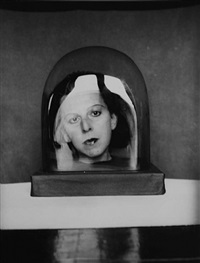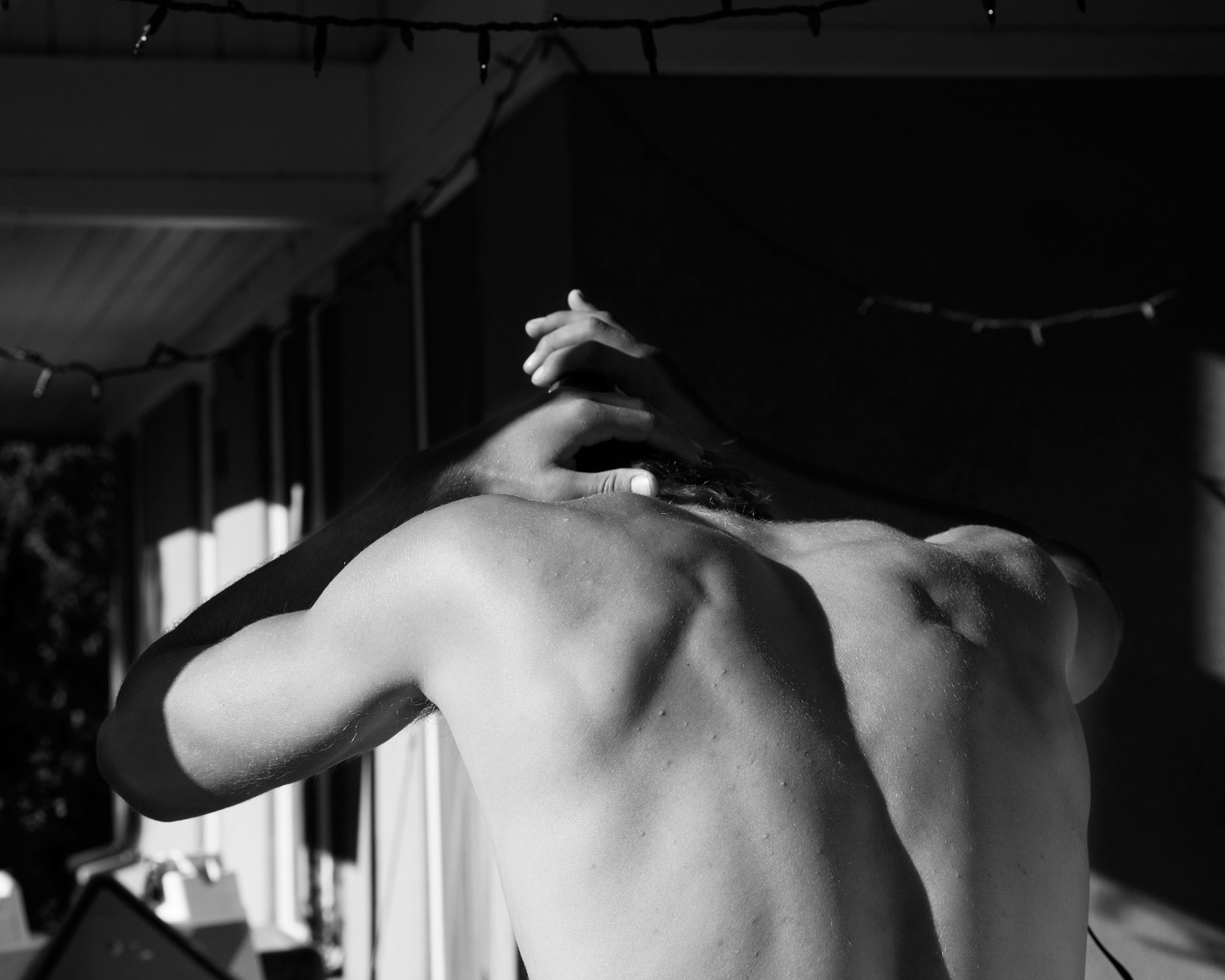Identity is how you are perceived and what makes you who you are. A certain place you visit frequently can become a huge part of your identity, how you have grown up can play a big part on mental health which also creates your identity, sad looking/happy looking.





Claude Cahun was a Surrealist photographer whose work explored gender identity and the subconscious mind. The artist’s self-portrait from 1928 epitomizes her attitude and style, as she stares defiantly at the camera in an outfit that looks neither conventionally masculine nor feminine.


Sam Contis– photographer interrogating identity



Sam contis and Claude cahun both have similarities of photographing identity, Claude leans more towards female identity whereas Sam looks more at personal identity.
Sam Contis lives and works in California. she attended Yale University’s School of Art in 2008. Her work has been shown internationally with exhibitions in Los Angeles, Amsterdam, Antwerp, London, and San Francisco. She has had recent solo shows at the Berkeley Art Museum and Pacific Film Archive and at Klaus von Nichtssagend Gallery in New York and in 2018 her work was included in Being: New Photography at MoMA, New York. She is a recipient of the 2017 Nancy Graves Foundation Artist Grant and the 2016 Aaron Siskind Foundation Fellowship. Contis’s work is represented in collections including the Carnegie Museum of Art, Pittsburgh; KADIST, Paris and San Francisco; the Los Angeles County Museum of Art; the Museum of Modern Art, New York; the Whitney Museum of American Art, New York; and the Yale University Art Gallery, New Haven. Deep Springs, her first book, was published by MACK in 2017 and her most recent book, Day Sleeper, a reimagining of the work of Dorothea Lange, was published by MACK in 2020.

my ideas
in my photos, I will be photographing people standing in a row showing off their clothes (identity) and covering their eyes to show how they represent themselves through their daily lifestyle. I will also be morphing their faces into emotions. I will cover the eyes so identity will only be shown from their outer appearance and not the eyes, hidden identity.
i will also be distorting their looks and editing the photo contrasts to show their inner self and how they want themsleves to be seen by others.




































































































